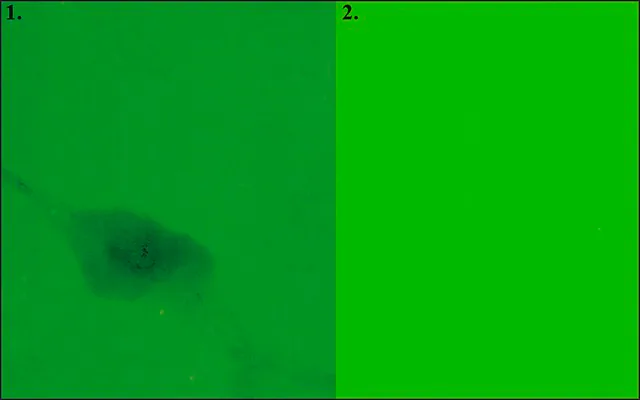您的位置:首页 > 产品中心 > Fibronectin-FITC
Fibronectin-FITC

产品别名
Fibronectin-FITC
fibronectin
产品性质
| Quality Level【质量水平】 | 200 |
| form【形式】 | liquid |
| storage condition【储存条件】 | protect from light |
| shipped in【运输】 | dry ice |
| storage temp.【储存温度】 | −20℃ |
基本信息
| General description【一般描述】 | Fibronectin is purified from human plasma (Cat. No. F0895). The protein is modified to contain covalently linked Fluorescein 5-isothiocyanate (Cat. No. F7250). Fibronectin, also known as Cold-insoluble globulin, is a large glycoprotein of the extracellular matrix that is coded by FN1 gene. It is expressed in the plasma and at the cell surface. Fibronectin is a ubiquitous and essential component of the extracellular matrix (ECM) and plays a vital role during tissue repair. Fibronectin functions both as a regulator of cellular processes and an important scaffolding protein to maintain and direct tissue organization and ECM composition. Fibronectin plays an important role in cell adhesion and spreading and affect the routes of cell migration both in vivo and in culture. Proteolytic degradation of extracellular matrix (ECM) is a critical step during cell invasion and tissue transmigration that is required for many physiological and pathological processes. Cellular structures that mediate cell adhesion to, degradation of, and invasion into ECM are invadopodia of transformed and tumor cells and podosomes of osteoclasts, macrophages, normal monocytic, endothelial, and smooth muscle cells. The ability to degrade extracellular matrix (ECM) is a hallmark of invasive tumors and is thought to be essential for the movement of cancer cells through tissue barriers. The invadopodia assay is method that has been most informative for pinpointing regions of the cell that initiate invasion involve plating cells on a culture surface coated with a thin layer of fluorescently labeled matrix, and visualizing regions where the cell has degraded the matrix to create an area devoid of fluorescence.The assay have revealed that invasive cells extend small localized protrusions that degrade the matrix. This invadopodia invasion assay may be used for assessing activity of different cell types as well as individual cells in heterogeneous populations may be analyzed for invasive potential. The number and invadopodia activity are sensitive to some physical or chemical factors such as: cell type, matrix rigidity, density of cell layer. |
安全信息
| Storage Class Code【储存分类代码】 | 12 - Non Combustible Liquids |
| WGK | WGK 1 |




